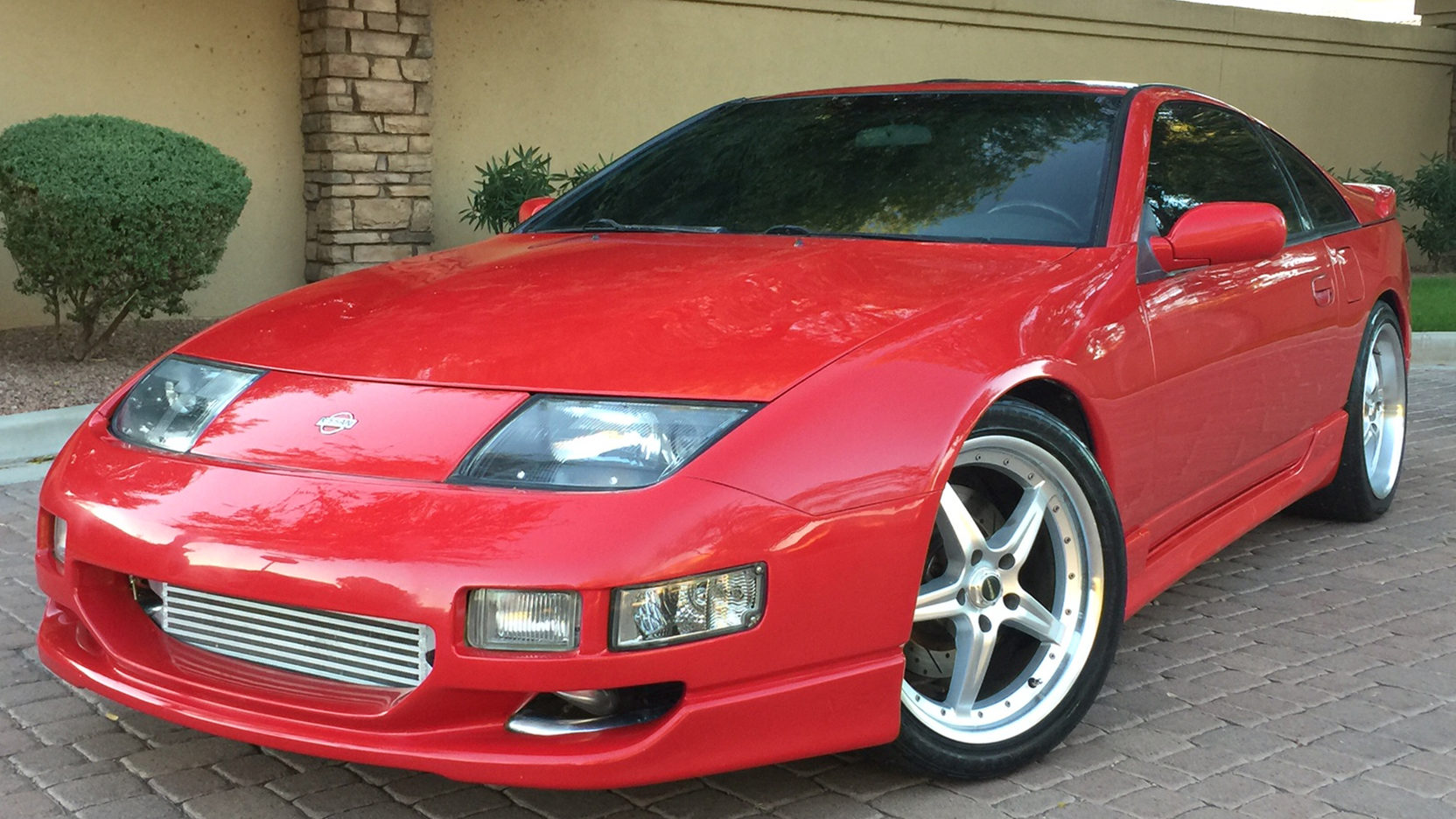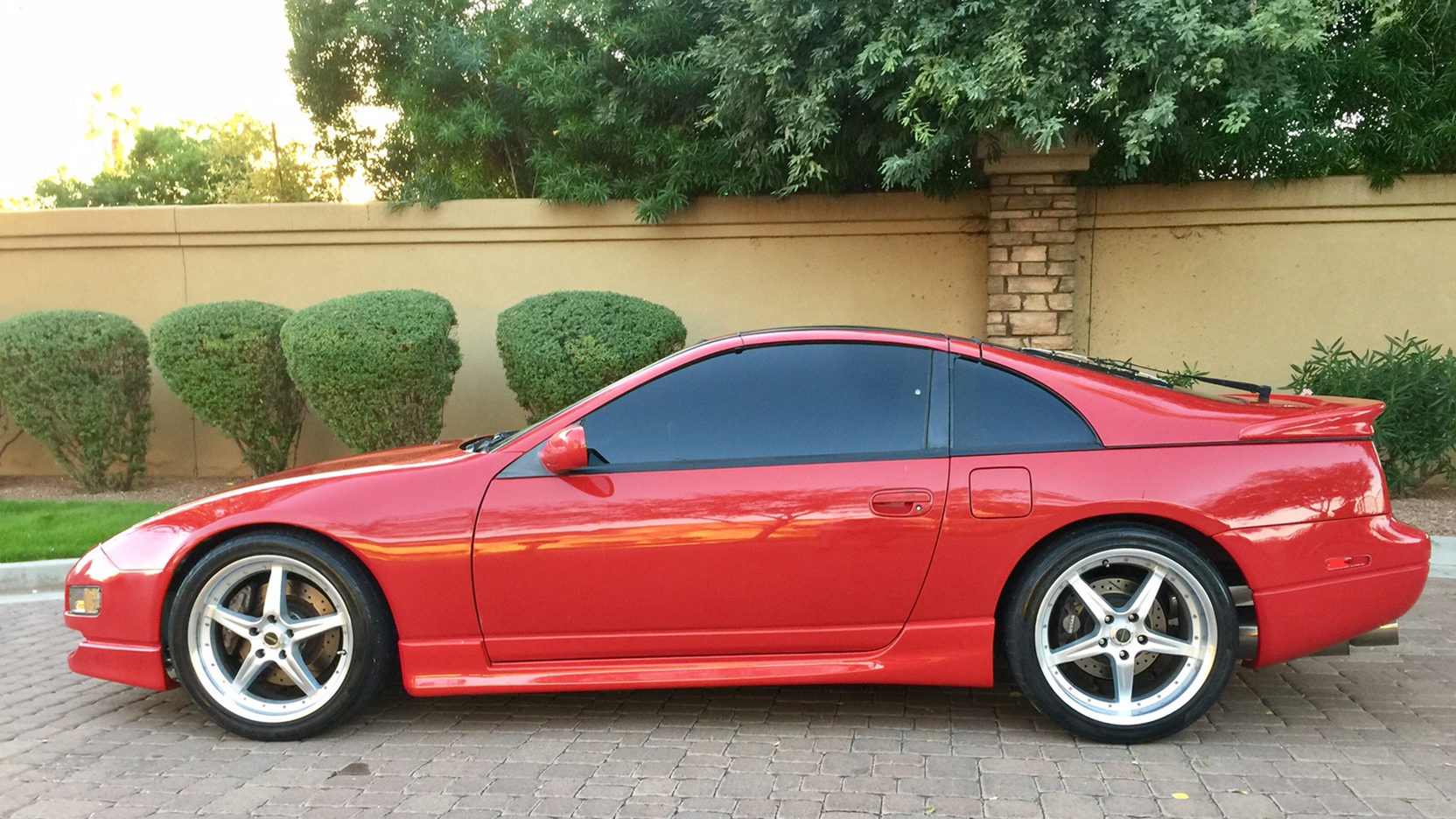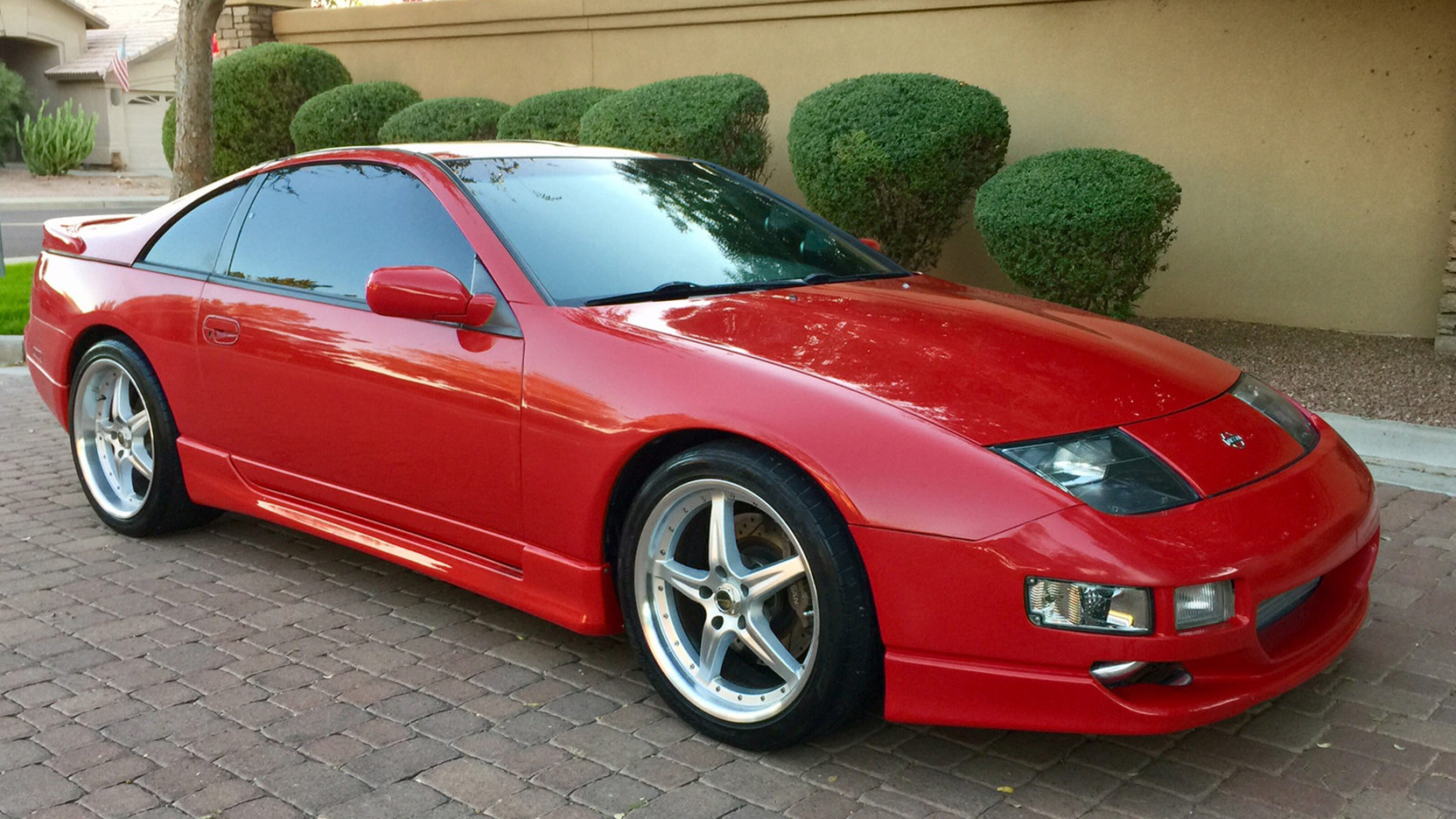The 1990–96 Nissan 300ZX is getting hot, and here’s why
Nostalgia sells. It always has. As people grow older and more financially secure, they seek out the things they longed for as children but for whatever reason never had. For some, it might be a vintage slot car set. Or a mint-condition Rock ‘Em Sock ‘Em Robots game. Or a particularly cool car they lusted over as a teenager while driving some ratty old hooptie.
Which brings me to the 1990–96 Nissan 300ZX, a car that’s become especially popular among Millennials. The car currently holds a Hagerty Vehicle Rating of 76, a five-point jump since the previous month’s HVR. The rise is sparked by a 12-month increase in Hagerty insurance quotes and issued policies, particularly among drivers born between 1981–2000.
“Millennials make up 39.5 percent of all 300ZX quotes over the last 12 months, and that number was 37 percent the year before that,” says James Hewitt, Hagerty valuation information analyst. By comparison, Gen-Xers (1965–80) represent 32.2 percent of quotes and Baby Boomers (1946–64) 24 percent.
Hewitt notes that Millennials comprise just 20.7 percent of all quotes at Hagerty. “The 300ZX is nearly double that,” he says. “Obviously, young buyers love the car.”

The 1990–96 Nissan 300ZX holds the 76th position on the Hagerty Vehicle Rating list, a rise of 53 spots since the last HVR. That puts it alongside the 1993–2002 Chevrolet Camaro, 1970–81 Pontiac Trans Am, 1969–72 Pontiac Grand Prix, 1968–70 Dodge Charger, 1967–71 BMW 1600, and 1964–67 Chevrolet Chevelle.
I should note here that the Hagerty Vehicle Rating is a data-driven scale, from 0–100, that indicates which cars are rising in popularity. It considers things like the number of cars quoted and insured by Hagerty, auction activity, private sales, and other factors. A 50-point rating means a given vehicle is keeping pace with the broader market; anything higher than that indicates better-than-average appreciation, while a lower score suggests a vehicle is lagging. That’s all—the rating is not an indicator of future collectability, nor does a low or declining score suggest a car is “bad.”
Among Japanese cars, the 300ZX sits just ahead of the 1963–70 Datsun 1500/1600/2000 roadster and just behind the 1977–81 Toyota Celica and 1986–92 Supra. The highest-ranking Japanese car in the HVR is the 1993–2003 Mazda RX-7, which is tied for third overall with 92 points.



The 300ZX has taken a bit of an odd route to reach its current rating:
- According to Hewitt, the number of insurance quotes doubled from 2013 to 2016, then remained flat into early 2018 before rising 11.8 percent in the past 12 months. The number of 300ZXs added to Hagerty policies jumped 155 percent in three years. The average quoted value has remained generally flat since 2016; it is $13,539 over the last 12 months.
- Turbocharged models account for practically all value increases we’ve accounted for, particularly within the last six months. The 1996 Turbo commemorative edition tops the list with an average value of $31,800 in #2 (Excellent) condition. The median of all other second-gen 300ZX models in #2 condition is $11,900.
- The 12-month average sale price at auction ($11,083) has remained relatively flat for two years, although the number of cars coming to auction in that time has slowly increased to about 20 per year.
The car offers a great combination of attractive styling and excellent performance in a classic automobile that’s just modern enough to avoid feeling antiquated. It was a popular car when the first Millenials were getting their licenses, and almost certainly something many of them wanted but couldn’t afford. Now they can.




The second-generation 300ZX (known internally as Z32) was among the first cars that relied heavily upon computer software, and it featured several innovations, including optional four-wheel steering in the turbo versions. The 3.0-liter V-6 was the only thing directly carried over from the Z31, and even that was revised with variable valve timing and dual overhead camshafts. The reworked engine produced 222 horsepower, while the twin-turbo intercooled Turbo model made 300. That car could hit 60 mph in 5.6 seconds and reach a top speed of 155 mph. Independent suspension on all four wheels provided superb handling.
Smoother and sleeker than its predecessors, the car had an attractive, cohesive modern design. The designers integrated the front and rear bumpers more smoothly than on the previous car, while subtle fender flares and a purposeful stance hinted at the car’s performance.
Nissan offered a convertible in 1993, although most cars left the factory with T-tops. The company discontinued the 300ZX stateside in 1996, as the car’s sticker price rose to $45,422 for the Turbo (almost $75K today) and Americans grew increasingly unwilling to pay for them. The Supra suffered a similar fate.

A 1994 300ZX Turbo with only eight miles on the clock sold for $46,500 on Bring a Trailer in May. The highest price paid through a traditional auction house is $39,325 (including buyer’s premium) for a 1990 turbo model at Barrett-Jackson’s 2010 Palm Beach sale.
Still, prices for the 1990–96 Nissan 300ZX haven’t seen a significant jump. Not yet, anyway. And the ZX’s fun-per-dollar quotient is just about as good as it gets. That’s something that never gets old.


